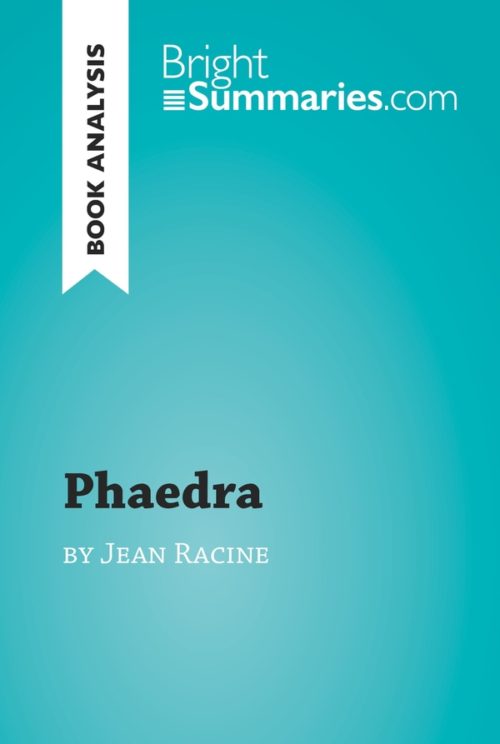Nadja by André Breton (Book Analysis)
Nadja by André Breton (Book Analysis)
Detailed Summary, Analysis and Reading Guide
Read more
This practical and insightful reading guide offers a complete summary and analysis of Nadja by André Breton. It provides a thorough exploration of the novel’s plot, characters and main themes, as well as a helpful introduction to Surrealism in literature. The clear and concise style makes for easy understanding, providing the perfect opportunity to improve your literary knowledge in no time.
This clear and detailed 25-page reading guide is structured as follows:
- Biography of André Breton
- Presentation of Nadja
- Summary of Nadja
- Character study
- André Breton
- Nadja
- “You”
- Analysis of Nadja
- Surrealism
- The romantic relationship
- The search for identity and coincidences
About Nadja
André Breton’s semi-autobiographical novel Nadja was first published in 1928, and recounts the time the author spent with the titular character in Paris in 1926. As well as a description of this relationship, the book features illustrations by Breton himself, as well as a third part addressed to a mysterious “You”. This is Suzanne Muzard, who Breton met and fell in love with in 1927, while he was writing Nadja.
Nadja embodies many of the principles of Surrealism, such as the exaltation of freedom and the unconventional use of language, and is generally considered to be a key text of the movement. A revised edition of the novel was published in 1964, although it has never been translated into English.
About André Breton
André Breton was a novelist, poet and essayist, and is best known for founding the Surrealist movement. He published the first ever Surrealist text, The Magnetic Fields, in the literary review he had founded with his friends Louis Aragon and Philippe Soupault, and published the Surrealist Manifesto, which made him the de facto head of the movement, in 1924. Breton is also known for his political activity, and was a member of the French Communist Party between 1927 and 1935. He died in 1966.
Product details
| ISBN | 9782806295897 |
|---|---|
| Publisher | Plurilingua Publishing |
| Collection | Brightsummaries.com |
| Format | |
| Pages | 25 |
| File size | 1.1 MB |







